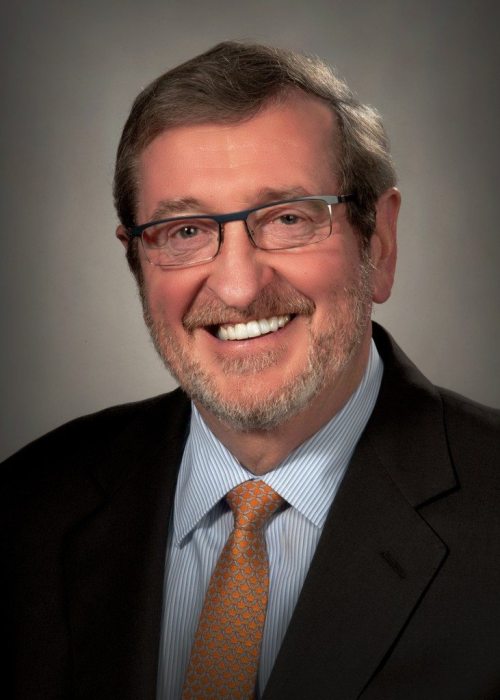For Meaghan Wamboldt, 26, of Dix Hills, establishing a healthy relationship with food and her body took nearly half of her lifetime to accomplish.
“Ever since I was a little girl, I always struggled with body image and self-confidence,” she recalls.
During her childhood, competitive cheerleading and dance kept her active and fit on the outside, but by the time she hit her teens, she began to crumble on the inside. Traumatic experiences, poor self-esteem, anxiety, and depression settled in, resulting in dangerous eating and lifestyle habits. By her freshman year of college, Wamboldt was diagnosed with anorexia, alcoholism, depression, anxiety, obsessive compulsive disorder, and post-traumatic stress disorder. Although presently recovered from her eating disorder, Wamboldt suffers from its physical side effects, including a heart condition (bradycardia) and infertility.
According to the National Eating Disorders Association (NEDA), eating disorders are serious, potentially life-threatening conditions that could negatively and indefinitely impact an individual’s emotional, mental, and physical health. The most common eating disorders are anorexia nervosa (starvation), bulimia nervosa (self-induced vomiting following binge eating), and binge eating disorder (eating large quantities of food). Most individuals who suffer from an eating disorder also feel some sort of guilt or shame about themselves and their condition.
“An eating disorder is the degree to which thoughts, actions and behaviors about food, weight, body image and exercise begin to interfere with your quality of life and your ability to be present,” says Dr. Sondra Kronberg, licensed clinical nutritionist, certified eating disorder specialist, and founding executive director of Eating Disorder Treatment Collaborative, which has officers in Jericho and Hauppauge.
There are several potential triggers in eating disorders and Long Island is no stranger to many of them, says Kronberg.
“We live in a pretty image-driven culture on Long Island — the amount of pressure to succeed, be the best and the thinnest, stress, and affluence,” could all create an “epidemic of eating disorders,” she says.
Other triggers may include a history of a mental health condition, a relative with an eating disorder, poor body image, and weight issues, poor self-esteem, anxiety or trauma, and peer pressure, according to NEDA.
“The most obvious sign of an eating disorder is being grossly too thin or being grossly overweight,” says Barbara Crosby, M.S., certified health coach, weight management expert and eating disorder therapist. Other symptoms include thinning hair or hair loss, decreased socialization, increased isolation, not being able to eat around people, etc.
Recovery from eating disorders is “a work in progress and a lifetime responsibility,” says Crosby.
“The sooner the patient is diagnosed the easier it will be to heal,” Crosby says. Working with a mental health professional, nutritionist, physician, etc., who specializes in eating disorders is critical. “The goal is for the patient to have the courage and strength to look into and learn about themselves.”
Support of family and friends may also contribute to healing and help foster positive self-attitudes and gratitude. Crosby advises: Don’t discuss food, weight or appearance.
“Instead, chat about the weather, kids, jobs, vacations, movies … If asked how they look, “stay neutral,” she suggests, with a reply like, “You look beautiful.”
Those who succeed in recovering from an eating disorder have this in common: “They learn how to eat and care for themselves emotionally, physically and spiritually in a way that supports their aliveness, well-being, spontaneity, growth and development,” says Kronberg.
Wamboldt says her life was saved by a team of professionals including a nutritionist, psychologist, psychiatrist, medical doctor, and support group, as well as her faith.
“I no longer view my body as a battlefield, and food isn’t the enemy,” she says. “I learned that my worth and my value doesn’t come from a number on the scale, but what’s in my heart. I learned that self-esteem comes from doing esteemable acts and living my life according to my values and morals. I learned that I am loved because of who I am inside, not outside.”

































